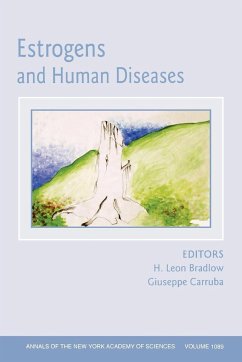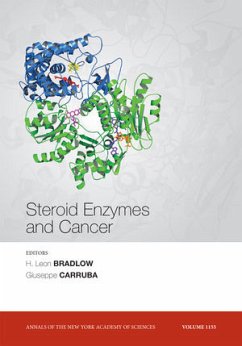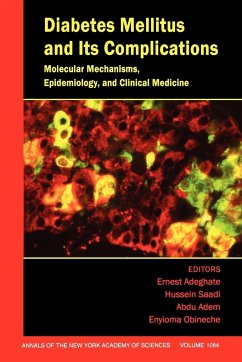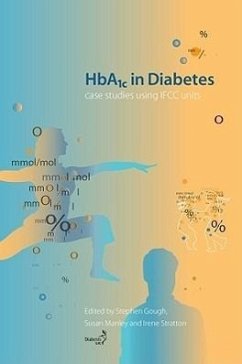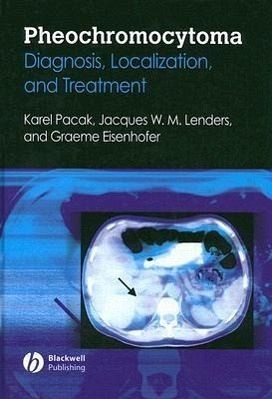
Pheochromocytoma
Diagnosis, Localization, and Treatment
Versandkostenfrei!
Versandfertig in über 4 Wochen
121,99 €
inkl. MwSt.
Weitere Ausgaben:

PAYBACK Punkte
61 °P sammeln!
Pheochromocytomas are rare but treacherous catecholamine-producing tumors, which if missed or not properly treated, will almost invariably prove fatal. Prompt diagnosis is, therefore, essential for effective treatment, usually by surgical resection. The manifestations are diverse and the tumor can mimic a variety of conditions, often resulting in either erroneous diagnoses or a delayed diagnosis. Reflecting the recent leaps in understanding this condition, Pheochromocytoma: Diagnosis, Localization, and Treatment provides a comprehensive update on the improvements in the diagnosis, localization...
Pheochromocytomas are rare but treacherous catecholamine-producing tumors, which if missed or not properly treated, will almost invariably prove fatal. Prompt diagnosis is, therefore, essential for effective treatment, usually by surgical resection. The manifestations are diverse and the tumor can mimic a variety of conditions, often resulting in either erroneous diagnoses or a delayed diagnosis. Reflecting the recent leaps in understanding this condition, Pheochromocytoma: Diagnosis, Localization, and Treatment provides a comprehensive update on the improvements in the diagnosis, localization, management and treatment of pheochromocytomas - providing you with the latest cutting edge science alongside best clinical practice. Written by the leading names in the field, the text details the significant developments in understanding the genetics and biology of the tumors, coupled with technological advances in the fields of analytical chemistry, genomics, molecular biology and nuclear medicine.



